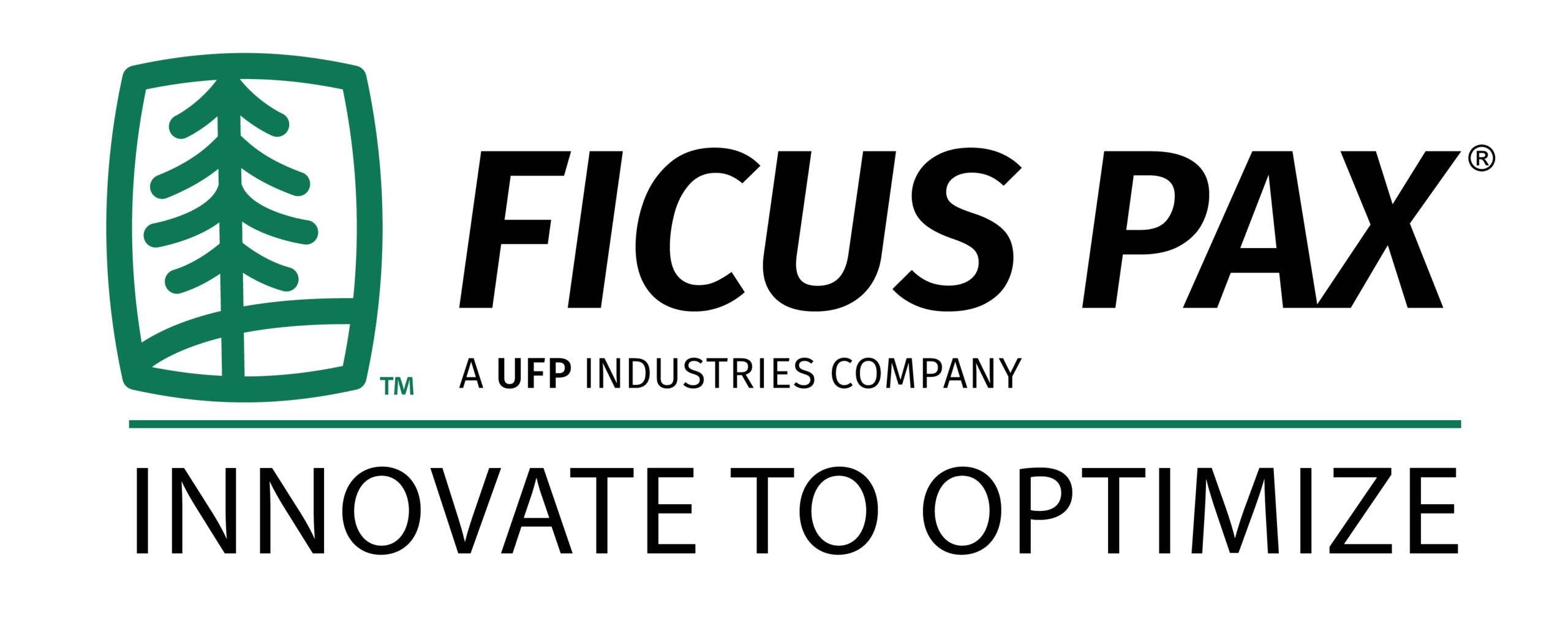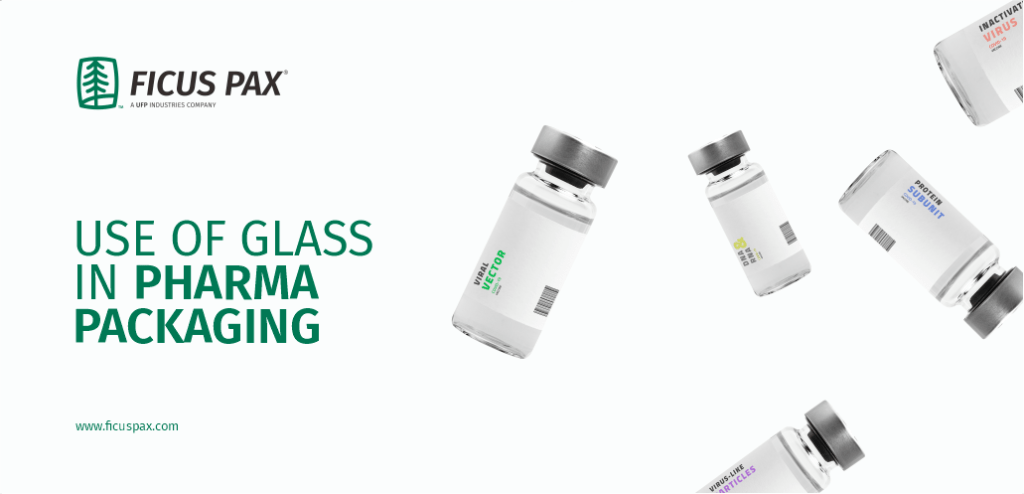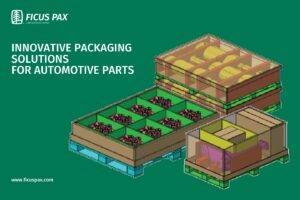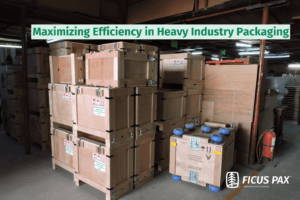Glass as a packaging material has many benefits, it is sustainable, inert, impermeable, recyclable with no loss in quality, and reusable. It is an ideal material to safely store and protect products.
Why Use Glass In Pharmaceutical Packaging
For decades glass has been used as one of the primary materials for medical packaging solutions. The packaging of pharmaceutical products has to be of superlative quality as the integrity of the products cannot be compromised under any circumstance. The type of glass containers used as pharmaceutical packaging materials is specific to the contents packaged. This is because the glass container comes in direct contact with the preparations. The packaging should not interact physically or chemically with the medications to cause changes in the quality of the product. Glass offers many benefits in the packaging of medical preparations. It is extremely sturdy, is ideal for bulk transportation, poses a low health hazard, does not react chemically with the product and coloured glass can protect light-sensitive medicines from UV rays.
Types Of Glass Used For Pharmaceutical Packing.
- Borosilicate Glass
- Treated Soda-Lime Glass
- Regular Soda-Lime Glass
- General-Purpose Soda-Lime Glass
Borosilicate Glass: This glass is called “Type I”, “Neutral Glass” or “Hard Glass”. It is ultra-resistant to both heat and cold due to its very low coefficient of expansion. With a high melting point of 3,000 °F/1648 °C, it can withstand sterilization. Borosilicate is a highly resistant material to thermal shock, and chemical substances as well as being chemically inert. The presence of boric oxide gives it a high hydrolytic resistance and reduces leaching action. The durability of borosilicate glass and the ability to contain strong acids and alkalis make it perfect to package water for injections and parenteral and non-parenteral medications. It is the pharmaceutical packaging material most preferred for aqueous products.
Treated Soda-Lime Glass: This glass is also called “Type II”, “Soda-Lime-Silica Glass” or “Dealkalized Soda Lime Glass”.It is resistant to water. The surface of this type of glass is treated with sulfur which neutralizes the alkaline oxides making it more weathering and chemically resistant. Like Type I glass it has high hydrolytic resistance, it is more chemically inert than borosilicate although it has a lower melting point in comparison and therefore is easier to mould. Containers of this type are used as medical packaging solutions for alkali-sensitive products, infusion fluids, blood and plasma, and large-volume containers. Type II glass containers are best used for more acidic and neutral aqueous preparations for both parenteral and non-parenteral preparations.
Regular Soda-Lime Glass: Also called “Type III” or “soda-lime-silica glass”, this is the most common form of untreated glass produced. Due to its high concentration of alkaline oxides, it can impart alkalinity to aqueous substances. This glass has average chemical resistance and moderate hydrolytic resistance. This pharmaceutical packaging material flakes easily and is not very tolerant to sudden changes in temperature and may therefore crack. In the pharmaceutical industry, it is best used for packaging solids and non-aqueous preparations like tablets and powders. For parenteral use and non-parenteral preparations suitable stability test data will be required. It should not be used for freeze-dried preparations or alkaline sensitive solutions.
General-Purpose Soda-Lime Glass: This is Non-Parenteral glass also called “Type IV” that is only used for oral dosages or topical purposes. Used for very basic applications, it cannot be used for products that need to be autoclaved. Containers of general-purpose soda-lime glass have low hydrolytic resistance.
Important Tests For Glass Used In Medical Packaging Solutions
Glass containers for the pharma industry need to have evaluation studies done to confirm their suitability for the preparation. These studies include
- Hydrolytic resistance test
- Glass grains test
- Surface glass test
- Surface etching test
- Light/spectral transmission tests for coloured glass containers.
- Arsenic release tests to detect arsenic in aqueous parenteral preparations
The Potential And Future Of Glass In Pharmaceutical Packaging
Glass continues to be the preferred choice in pharmaceutical packaging material. Its benefits far outweigh the few drawbacks. With most packaging moving towards sustainable and eco-friendly solutions, recycled glass is already ahead of the race. While it is possible that glass may eventually become outdated as newer materials are being developed to encase life-saving therapies, it will continue to be a key material in the foreseeable future.
At Ficus Pax, we strive to provide you with packaging solutions that are environmentally friendly, sustainable and best suited to your product. Get in touch with us to discuss packaging options for the pharmaceutical industry.














